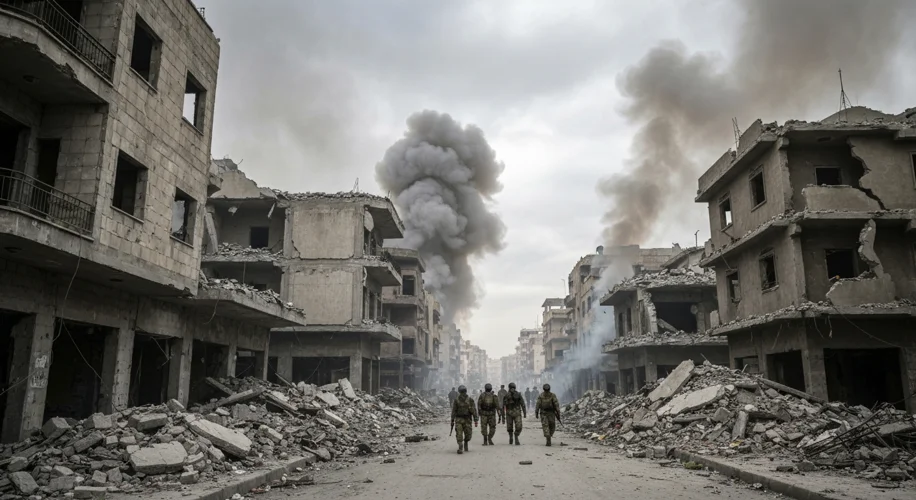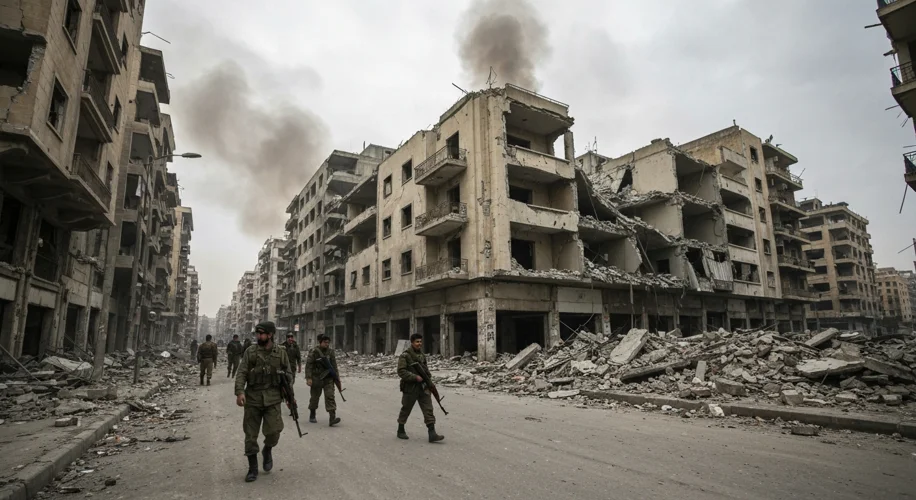In the heart of the Middle East, a land of cedar trees and ancient Phoenician shores, a conflict erupted that would scar a nation for fifteen long years. The Lebanese Civil War, a brutal and complex tapestry of violence, betrayal, and shifting allegiances, began not with a bang, but with a whimper, slowly strangling the once-vibrant heart of Beirut. It was a conflict born from a delicate, yet ultimately explosive, demographic and political balance, a powder keg ignited by a multitude of forces both internal and external.
Lebanon, since its independence in 1943, had operated under a confessional system of government, a unique power-sharing arrangement designed to accommodate its diverse religious communities. The presidency was reserved for a Maronite Christian, the prime minister a Sunni Muslim, and the speaker of parliament a Shia Muslim. This delicate equilibrium, while fostering a unique cultural mosaic, was inherently fragile. By the early 1970s, the country hosted an unprecedented number of Palestinian refugees, many displaced by the Arab-Israeli conflicts. Their presence, and the growing influence of the Palestine Liberation Organization (PLO), began to tilt the scales, exacerbating existing sectarian tensions and drawing the ire of various Lebanese factions, particularly the Maronite militias who feared a loss of political and demographic dominance.
The historical context is crucial. Lebanon had long been a sanctuary, a place where Christians, Muslims, Druze, and others coexisted, albeit with underlying friction. Beirut, the “Paris of the Middle East,” was a hub of commerce and culture. But the influx of well-armed Palestinian fighters and the spillover of regional Arab-Israeli tensions transformed this relative peace into a simmering cauldron. The PLO, seeking bases for operations against Israel, became a powerful military and political force within Lebanon, often clashing with Maronite groups and the Lebanese army, which itself was increasingly divided along sectarian lines.
The key actors were as diverse as the Lebanese population itself. On one side stood the Maronite-dominated Lebanese Front, which included the powerful Kataeb Party (Phalangists) and the National Liberal Party, often supported by Israel. Opposing them was a motley alliance known as the Lebanese National Movement (LNM), a coalition of leftists, Palestinian groups, and some Muslim and Druze factions, often backed by Syria. But these were not monolithic blocs. Alliances shifted like desert sands. Militias sprang up, pledging allegiance to various warlords, religious leaders, or political factions. Some fought for genuine grievances, others for power, and many simply for survival in a landscape of escalating chaos.

The war officially began on April 13, 1975. A seemingly minor incident – a shootout between a Maronite militia and Palestinian gunmen – ignited the smoldering resentments. What followed was a descent into unimaginable brutality. Neighborhoods became battlegrounds. Snipers occupied rooftops, their bullets finding civilian targets with chilling accuracy. The once-gleaming streets of Beirut were scarred with bullet holes and blocked by makeshift barricades. The sounds of gunfire, the thud of artillery, and the desperate cries of civilians became the city’s new symphony.
As the conflict deepened, foreign intervention became a defining feature. Syria, initially intervening to mediate, eventually became a major player, its forces largely supporting the Muslim-Lebanese alliance. Israel, concerned about the PLO’s presence on its border, intervened multiple times, notably in 1982, launching a major invasion that expelled the PLO from Beirut but ultimately deepened Lebanon’s internal divisions and led to the infamous Sabra and Shatila massacres, where Lebanese Christian militias, with Israeli knowledge, slaughtered hundreds of Palestinian refugees.
The consequences were catastrophic. Lebanon, once a symbol of Middle Eastern prosperity, was ravaged. Tens of thousands were killed, hundreds of thousands displaced. The economy collapsed. The confessional system, designed to ensure peace, had instead provided a framework for sectarian warfare. The PLO, though expelled from Beirut, remained a destabilizing force in other parts of the country. The Taif Agreement in 1989, brokered by Saudi Arabia and Syria, eventually led to a ceasefire and a political settlement, but the scars ran deep. The war officially ended in 1990, but the social and political fabric of Lebanon remained torn.
The Lebanese Civil War is a stark reminder of how quickly a society can unravel when political grievances are layered with sectarian divisions and exacerbated by external interference. It’s a story of a nation that became a proxy battleground for regional and international powers, where the aspirations of a diverse population were drowned out by the roar of Kalashnikovs. The resilience of the Lebanese people in the face of such prolonged agony is remarkable, yet the ghosts of those fifteen years continue to haunt the cedar land, a somber echo of a conflict that tore a nation apart.

